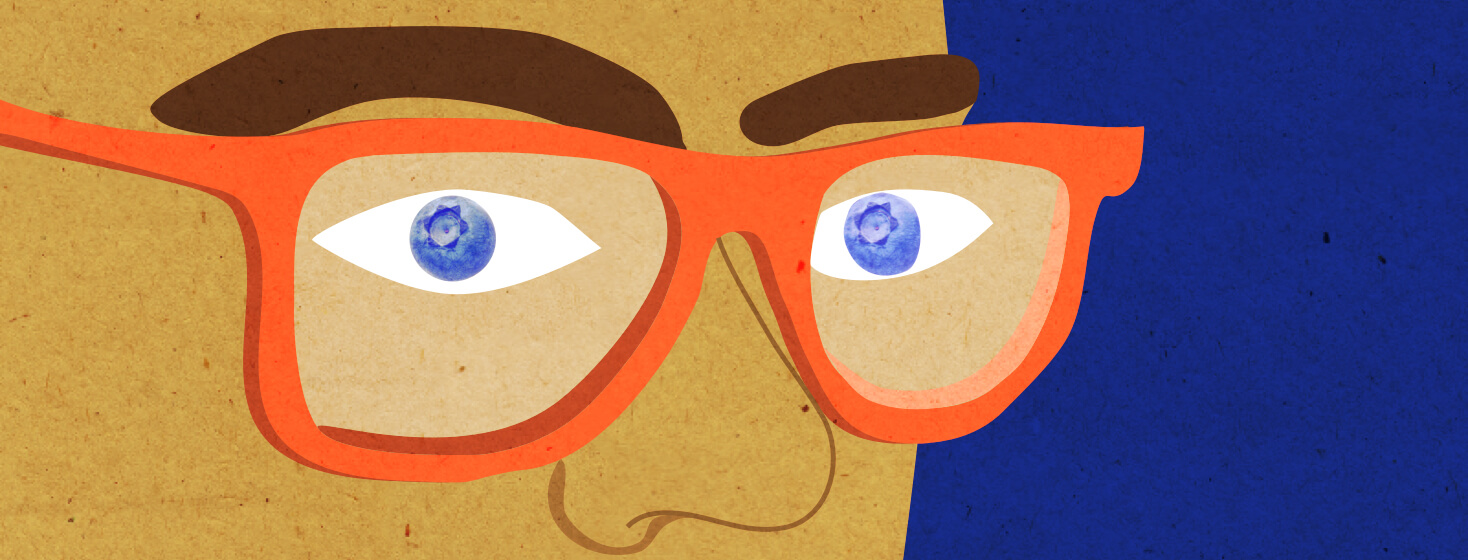Recovering from Upper Eyelid Surgery
If you are reading this, perhaps you or a loved one is scheduling upper eyelid surgery for thyroid eye disease (TED) and are wondering what to expect. I’m hoping that by sharing my recent experience I can help others feel a bit more relaxed and confident before their big day.
Note: A reminder that every individual is different, and your doctor’s instructions, advice, and procedures may be different than mine. Always consult your doctor.
During surgery
Being awake
Before moving onto the recovery side, I wanted to quickly talk about my experience being awake for this surgery. I was given pain killers and localized anesthesia. As I was a bit nervous, I felt like I needed a task to focus my energy on. I explained this to my surgeon who told me to focus on relaxing my eyelids and follow instructions regarding when to open or close my eyes. Ultimately, the surgery went by fairly quickly. I felt uncomfortable pressure occasionally but not pain. My doctor asked me to open my eyes a few times so he could see the positioning of the lids. I had a difficult time seeing, which was disorienting. “Doctor, I had one job, and I feel like I’m failing. Are my eyes open enough?” (And yes, everything was fine.) It was certainly an odd experience, but it wasn’t overwhelming.
Recovering from upper eyelid surgery for thyroid eye disease
Pain
My pain was the worst on the first day, but beyond that it was fairly mild. Between the stitches and extreme swelling it was mostly very uncomfortable. Over-the-counter pain medication helped.
Bruising and swelling
I was prepared for there to be a lot of swelling, but I truly did not know that my eyelids could swell up that much. My eyelids looked like blueberries. The bruising spread downwards towards my nose, but it started to slowly fade after a few days. Eventually the bruising overall looked like mauve-colored smoky eye makeup. It was nearly gone after two weeks. The swelling was more stubborn, and much of the first week of recovery was spent icing.
Vision
I had a fair amount of blurry vision when I was in the recovery room. I was told this was normal, and my eyes were irritated from the procedure. At my first follow-up we found that one of my eyes was particularly dry, so I frequently used gel eye drops to keep my eyes hydrated and hopefully prevent further irritation. The on-and-off blurry vision in that eye lasted about two weeks. This also meant that some tasks became difficult at times, so I tried to be as productive as I could when my vision was the best.
A scare
I was calmly sitting on the couch with my husband watching TV when suddenly I couldn’t see the screen out of my left eye. Confused, I reached my hand to my face and found that blood was pouring from my eye area. We rushed to the bathroom to see where it was coming from (it wasn’t coming from the exterior stitches) and immediately contacted my doctor. Fortunately, the blood stopped as quickly as it had started, and after I cleaned up I could see again. My doctor told us it was no cause for alarm, my incision goes all the way to the inside of the lid, and bleeding like this wasn’t abnormal. (A reminder - this was only my personal experience. Always contact your doctor immediately if there is sudden bleeding or vision loss.)
Irritations
I was a little sensitive to light on the first day. Otherwise, the pressure of the swelling and stitches along with the on-and-off blurry vision were the most irritating components.
Care
What a difference compared to orbital decompression! Orbital decompression was a very invasive procedure and required a lot of time and energy during recovery. Lid surgery was much less invasive, and apart from icing on-and-off all day, taking care of myself was fairly easy. I did occasionally ask my husband to assist me with tasks or escort me on a walk if my vision was blurry. I also slept with protective gear taped to my face to prevent me from accidentally touching my eyes.
Follow-ups
I had my first follow-up a week later. My doctor asked how I was feeling, performed a general exam, and said we would check in again in three weeks once the swelling had gone down. That appointment was similarly easy, and we scheduled another follow-up for the three month mark.
Reflecting on the results
I was able to immediately see that my eyelids were lower - extremely swollen, yes, but lower they were. But what would I look like once the swelling calmed down? It was difficult to see. I knew that the crease of my eyelid would be in a slightly different place and there would generally be more eyelid visible when my eyes were open. I also knew that my case of TED was severe, and while my surgeries would result in major improvements, I wouldn’t look exactly the same as I did before. Now that I’m on the other side of surgeries, that’s something that I’m emotionally coming to terms with.
But, yes, things have improved a lot. Previously, my eyelids couldn’t close all the way when I was sleeping. They are now close to closing, and my surgeon hopes that will continue to get better over time. Also, I had spent several exhausting years trying to relax my eyelids and face in an effort to make my eyes look less alarming. Post-surgery, simply being able to lift my eyebrows and express surprise on my face felt miraculous! And best of all, my husband smiled and said, “I can see you again.” That meant the world.

Join the conversation